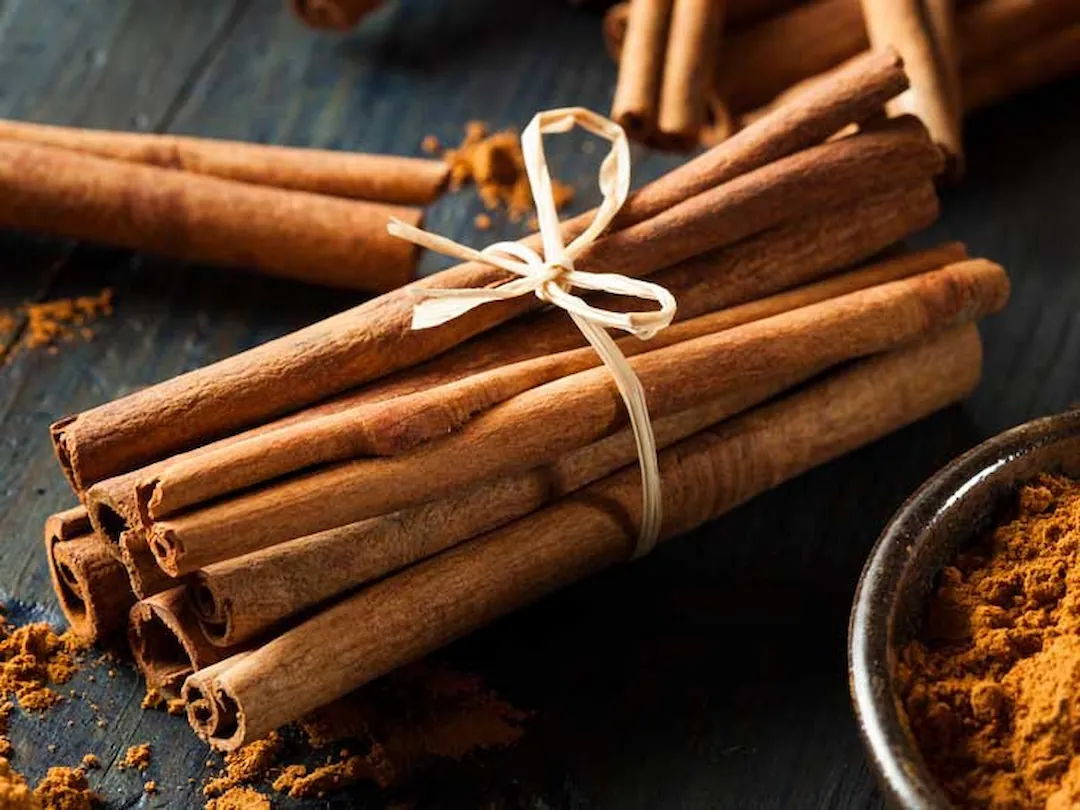
Cinnamon is more than just a spice we sprinkle on our lattes or bake into pies. Its rich aroma and flavor have captivated people for thousands of years. But did you know that Sri Lanka—home to what many consider the finest cinnamon in the world—has a deep, historical connection to this spice? From ancient trade routes to international conflicts, cinnamon has played a massive role in shaping Sri Lanka’s history, particularly in the city of Negombo.
What Makes Sri Lankan Cinnamon the Best?
Sri Lankan cinnamon, also known as Ceylon cinnamon, is in a class of its own. It’s lighter, sweeter, and much more aromatic than the cassia cinnamon you might find in the grocery store. That’s why Sri Lanka is often called the cinnamon capital of the world.
Its cinnamon is more delicate, with a smooth texture that melts in your mouth. For centuries, it’s been an essential part of the economy, making Sri Lanka one of the top suppliers of true cinnamon to the global market.
How Did the Search for Cinnamon Shape History?
Believe it or not, the search for cinnamon once sent explorers on daring voyages across the globe. Over 500 years ago, Christopher Columbus wasn’t just looking for a shortcut to India; he was hoping to tap into the rich spice markets of the East, particularly cinnamon.
When Portuguese navigators arrived in Sri Lanka in the early 1500s, they struck gold well, spice gold.
They had found the world’s best cinnamon. But the discovery wasn’t just a cause for celebration. It also stirred up political tensions. Suddenly, this little island in the Indian Ocean became the center of attention for European powers, all of whom wanted a piece of the cinnamon trade.
A Royal Agreement Over 250,000 Pounds of Cinnamon
Fast forward to the 16th century, and we see Sri Lanka’s first international agricultural treaty. It wasn’t a casual agreement either; it was a high-stakes deal between the King of the Kotte Kingdom and the Portuguese. The King promised to supply a whopping 250,000 pounds of cinnamon in exchange for protection from foreign invasions.
The Portuguese weren’t the only ones who had their eyes on Sri Lanka’s cinnamon. After defeating Arab traders, the Portuguese secured a cinnamon monopoly.
But this didn’t last forever. By the mid-1600s, the Dutch stepped in, taking over the lucrative cinnamon trade. Then, in 1796, the British muscled their way in, holding control over the cinnamon market until 1833, when private traders finally got a shot at the spice trade.
What Is True Cinnamon?
Cinnamon isn’t just one thing—it’s actually two very different types of spices. Ceylon cinnamon, which comes from Sri Lanka, is often referred to as “true” cinnamon.
Then, there’s cassia cinnamon, a lower-quality version that’s mostly grown in Indonesia, China, and Vietnam. Cassia cinnamon is harsher and more pungent. It comes in a variety of types, including Indonesian cassia, Chinese cassia, and Vietnamese cassia.
But if you’re looking for the best cinnamon experience, it’s the Ceylon variety you’ll want. It’s the crown jewel of the cinnamon world, and it’s all thanks to the perfect growing conditions in Sri Lanka’s central highlands.
Where Does True Cinnamon Grow?
Sri Lanka’s cinnamon thrives in several regions, but it’s particularly well-known in places like Mahanuwara, Matale, and Belihul Oya. These areas have the perfect combination of soil and climate for growing this aromatic spice.
Cinnamon prefers altitudes between 300 and 350 meters, and it’s often found along the coastal stretch from Kalutara to Beliatta. But you don’t have to travel far inland to see cinnamon plantations, and they even extend into Ratnapura.
Everywhere you go in these regions, the scent of cinnamon seems to fill the air, especially during the harvest season.
Botanical Characteristics of the Cinnamon Plant
What Are the Distinct Features of Cinnamon?
Cinnamon trees are pretty unique in how they look and grow. They’re actually evergreen trees with long, branched, brown stems. The leaves are glossy and have a subtle golden sheen, spiraling along the branches. And the flowers? They’re small and bisexual, with nine fertile stamens and three sterile ones. Although these trees can grow as tall as 10 to 15 meters, most cinnamon farmers harvest them as bushes about 2 to 2.5 meters tall. Keeping the trees short makes it easier to harvest their valuable bark, which is where the cinnamon spice comes from.
How Is Cinnamon Cultivated?
Cinnamon farming isn’t just a one-time harvest—these plants are carefully cultivated over time. Farmers periodically harvest the bark, which encourages new growth. It’s a delicate process, but when done right, it helps ensure that the cinnamon remains fresh and aromatic year after year.
Why Was Negombo Known for Cinnamon?
Negombo wasn’t just any cinnamon-growing region—it was world-famous for it. Historic accounts from explorers like João Ribeiro and Ibn Battuta mention the abundance of wild cinnamon in the area. Later on, during the Dutch and British colonial periods, Negombo’s cinnamon was hailed as some of the best in the world. The sandy soil, coastal breezes, and the skill of local farmers combined to create a product that was second to none.
What Were the Famous Cinnamon Species in Negombo?
In fact, certain species of cinnamon were so prized that they were even named. According to a report from 1910 by A.M. & J. Ferguson, Negombo was home to several unique varieties, including honey cinnamon, naya cinnamon, and katva cinnamon. Alongside these cinnamon species, other spices like Chinese ginger were also grown, adding to Negombo’s reputation as a spice-producing hub.
What Makes Negombo Cinnamon Unique?
The quality of cinnamon isn’t just about how it’s harvested—it’s deeply influenced by the land where it’s grown. And nowhere is this more evident than in Negombo, where cinnamon plantations have a long, storied history. The white sandy soils found in this region are ideal for producing top-notch cinnamon.
Beyond the soil and climate, the genetic makeup of the cinnamon plant also plays a huge role in determining its quality. True cinnamon plants in Sri Lanka have been carefully cultivated for generations to enhance their flavor and aroma.
Each cinnamon tree is unique, and the differences between them contribute to the spice’s overall character. It’s these little genetic quirks that give Sri Lankan cinnamon its complex, layered taste.
Negombo’s Role in the Global Spice Trade
How Did Negombo Become a Spice Port?
Thanks to its location by the sea, lagoons, and a network of canals, Negombo quickly became a critical port for the spice trade. During the Kotte Kingdom, it served as one of the main points for exporting cinnamon and other goods. Over time, it caught the eye of European colonial powers, all eager to control its valuable spice routes.
How Did the Portuguese and Dutch Fight Over Cinnamon?
In the 16th and 17th centuries, the battle over Negombo’s cinnamon trade was fierce. The Portuguese and Dutch weren’t exactly on friendly terms, and both wanted control of the region’s lucrative spice market. In 1640, with the support of King Rajasingha II, the Dutch launched a successful attack, capturing Negombo from the Portuguese. Although the Portuguese briefly regained control, they were permanently ousted in 1644, leaving the Dutch to enjoy the cinnamon profits.
How Did the Dutch Transport Cinnamon?
To keep their cinnamon trade running smoothly, the Dutch developed an impressive canal system. One of the most famous is the Hamilton Canal, which stretches from Negombo to Colombo. This waterway made it easy to transport cinnamon and other goods between the two cities, boosting the spice trade during Dutch rule.
The Decline of the Cinnamon Trade
Why Did the Cinnamon Trade Decline?
Despite its early importance, the cinnamon trade eventually declined under British rule. The British turned their attention to crops like coffee and tea, which were seen as more profitable. They even tried to grow coffee in Negombo, but the soil wasn’t suitable, and pests quickly ruined any efforts. Slowly but surely, cinnamon became less of a focus for the colonial rulers.
While cinnamon once drove Negombo’s economy, today, it’s more famous for its fishing and tourism industries. The city is home to a thriving seafood market, supplying fresh fish and prawns to both local and international buyers. Tourism has also taken off in recent years, with resorts and hotels lining the coast. Visitors come for the beautiful beaches, rich history, and, of course, the lingering aroma of cinnamon that still fills the air in certain parts of the city.
